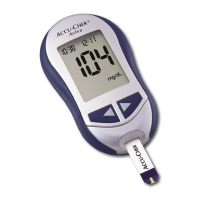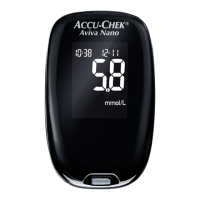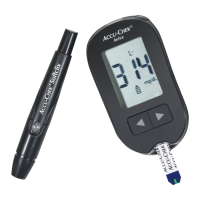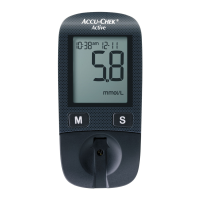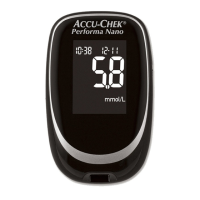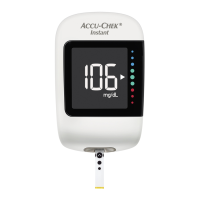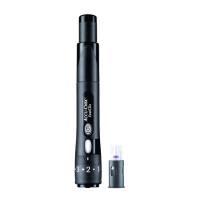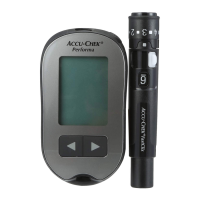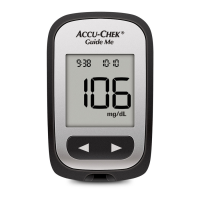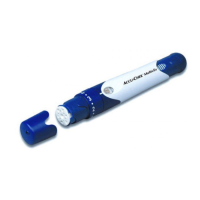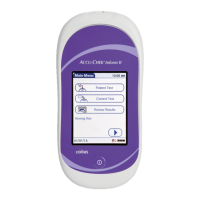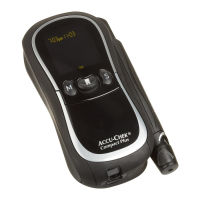Síntomas de un nivel de glucemia alto o bajo
El conocimiento de los síntomas de un nivel de glucemia alto o bajo puede ayudarle a interpretar sus
resultados de prueba y a decidir cómo actuar si obtiene resultados no esperados. Estos son algunos de los
síntomas más frecuentes:
Nivel de glucemia alto (hiperglucemia): los síntomas de hiperglucemia pueden ser, entre otros, mayor sed de
lo normal, micción frecuente, visión borrosa, somnolencia y/o pérdida de peso injustificada.
Nivel de glucemia bajo (hipoglucemia): los síntomas de hipoglucemia pueden ser, entre otros, ansiedad,
temblores, sudor, dolor de cabeza, mayor hambre de lo normal, mareos, piel pálida, cambios repentinos de
humor o irritabilidad, fatiga, dificultad para concentrarse, movimientos torpes, palpitaciones y/o confusión.
Si padece alguno de estos síntomas o algún otro síntoma inusual, realice una prueba de glucemia
con sangre de la yema del dedo. Si su resultado de glucemia se visualiza como LO o HI y usted
presenta síntomas de hipoglucemia o hiperglucemia, siga las instrucciones de su profesional de la
salud o póngase en contacto con su profesional de la salud inmediatamente. Si su resultado de
glucemia no coincide con cómo se siente, siga los pasos descritos en el apartado “Resultados de
prueba no esperados” del capítulo 3.
ADVERTENCIA
El medidor está diseñado para mostrar resultados de glucemia de 20 a 600 mg/dL. Si aparece en
la pantalla un resultado inferior a 20 mg/dL o superior a 600 mg/dL, llame gratuitamente al
ACCU‑CHEK Customer Care Service Center al 1‑800‑858‑8072.
49
